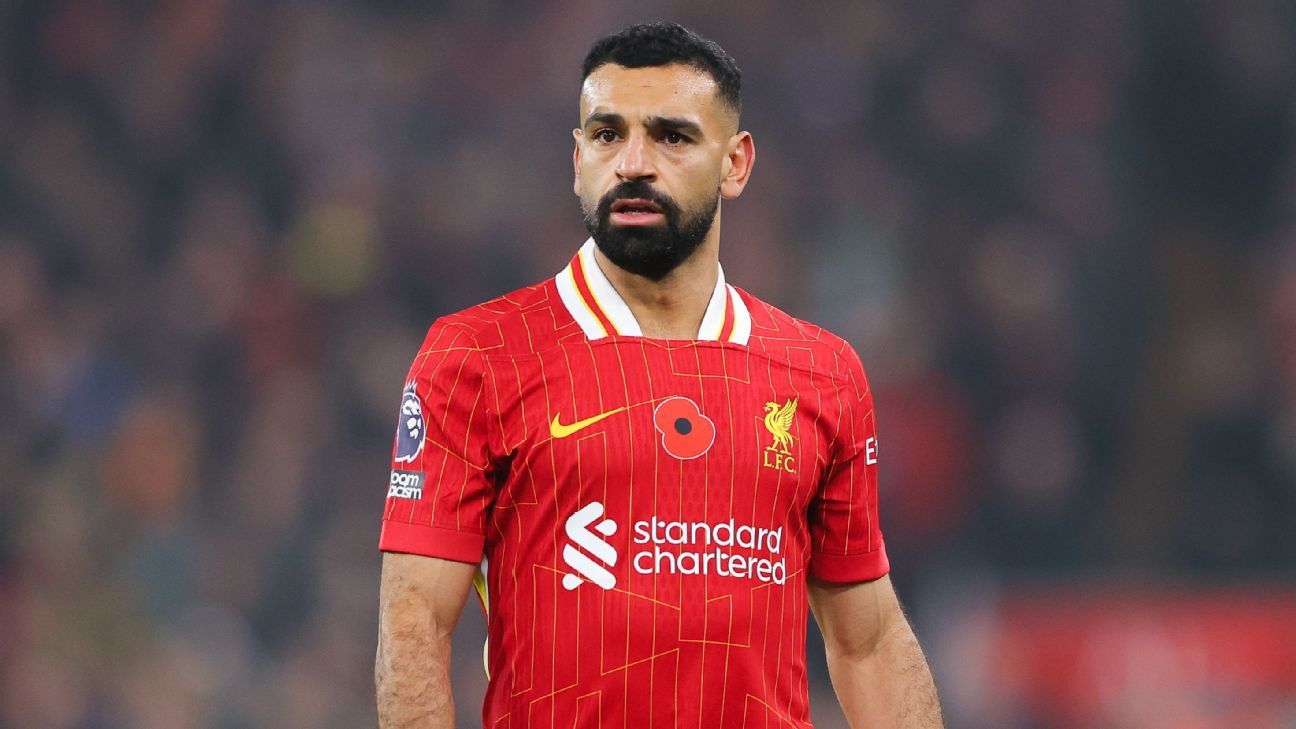
NHRA’s July doubleheader at Lucas Oil Raceway at Indianapolis was a collection of contrasts.
Nitro costs were up and purses were down.
John Force Racing didn’t show up to race, but many fresh faces did as the fields were full and the grandstands were nearly empty.
With first-time Pro Stock Motorcycle winner Ryan Oehler highlighting the first event, the July 11-12 E3 Spark Plugs Nationals, the Mello Yello Drag Racing Series’ return from a four-month pause brought some surprises — positive and negative.
By the time the doubleheader was finished, racers still were in limbo. The rain-postponed final rounds of the second event, the July 18-19 Lucas Oil Summernationals, won’t be finished until Labor Day weekend during the Denso U.S. Nationals on the same race track.
A schedule that called for 13 more races included the postponement of three others — and the addition of another Indianapolis event, the Aug. 6-9 Dodge Indy Nationals. More postponements or cancellations seemed likely.
It appears NHRA found a safe haven at the track it owns just west of Indianapolis. The fact it’s barely inside Hendricks County is a significant distinction. The public-health restrictions were slightly more permissive outside Marion County/Indianapolis, and grandstands by law were allowed to fill to 50-percent capacity.
The weekend before the first drag race, both the IndyCar Series and NASCAR ran their races at nearby Indianapolis Motor Speedway with no spectators.
But unlike NHRA, IndyCar and NASCAR had all of their headliners. Drag racing was missing its star, 16-time Funny Car champion and unprecedented 151-time winner John Force. John Force Racing and drivers Force, Robert Hight, Brittany Force and Austin Prock missed both July Indy rounds before Force broke his silence with the news the team would not compete again this year.
“I’m going to prepare to come back next year stronger than ever,” he said. “If I had stayed and raced, I couldn’t come back. If I step back now, I can. I want to be with all of you again and I want to be competitive. All the people that went racing — NHRA, the track, Safety Safari, TV, the media, all the winners, all the teams — thank you for racing and keeping the sport alive. I am really heartbroken I’m not out there.
“We had to reset John Force Racing. In our contracts with sponsors we have guarantees,” Force continued. “They get social media, certain number of races, certain number of race days, activation at races, and other commitments. No matter how I looked at it, I couldn’t deliver on those commitments. It just wasn’t fair to them.
“The impact of not being able to deliver on these commitments makes sitting out the rest of the 2020 season the right thing to do. No matter how I looked at it, no matter how much I personally invested, I couldn’t make it.”
The grandstands at Lucas Oil Raceway weren’t completely empty either weekend, but a generous estimate of between 1,500 and 2,000 fans at each race hardly qualifies as a noteworthy crowd.
NHRA lowered its prices for the two-day event to $20 ($35 for a two-day combo), but the front gate, which the series depends on heavily during normal times because of its unprofitable broadcast agreement, couldn’t have produced much of a revenue stream.
At least — and at last — NHRA officials found a venue that permitted spectators. By July, NHRA had canceled one-third of its 24-race agenda. Counting the originally scheduled Denso U.S. Nationals, NHRA would have four races in Indianapolis, which cut costs considerably for the teams based in Brownsburg, Ind., no more than two miles from the drag strip’s gate.
So did utilizing a two-day event schedule rather than the traditional three-day affair.
However, any positive impact on the budget was wiped out for the nitro-class teams. The price of nitromethane skyrocketed to $1,680 a barrel — $230 more for each 42-gallon drum. It had been $1,512 per barrel, then the price came down in March to $1,450.
Click below to continue reading.















 Phone: (800) 737. 6040
Phone: (800) 737. 6040 Fax: (800) 825 5558
Fax: (800) 825 5558 Website:
Website:  Email:
Email: 






